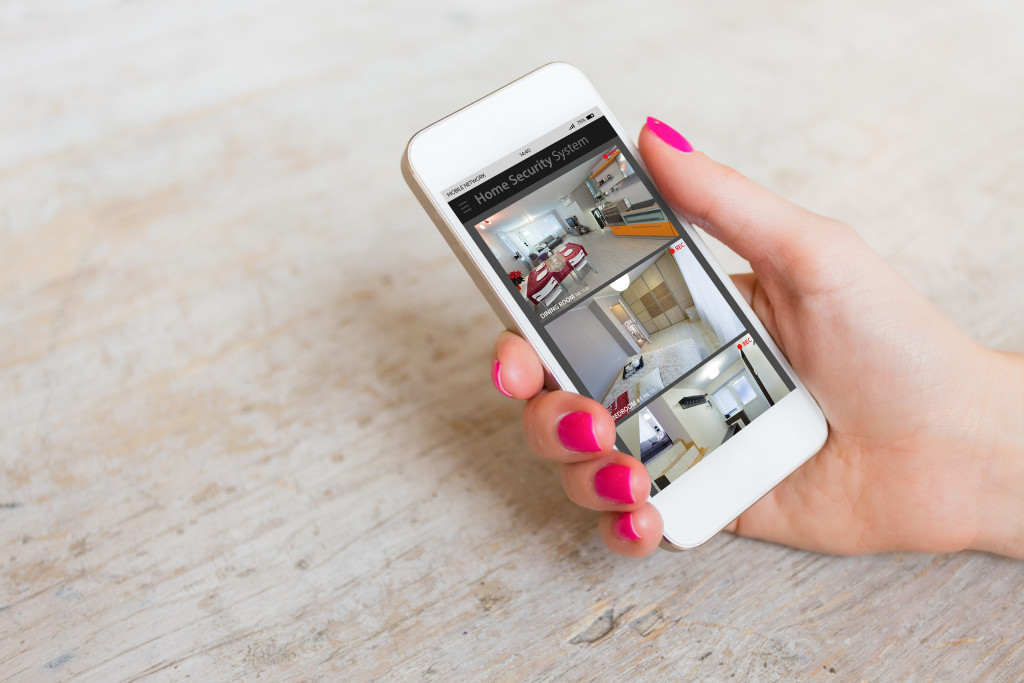To buy an old house that requires some fixing or to buy an all-new one, it’s a never-ending debate on which one will cost you the least in the end. But more recently, with the pandemic pushing us back to our houses and making us realize how we’re throwing loads of money for just staying home, we have seen a demand uptick in retrofitting to accommodate our frequent use of energy. This, along with other types of retrofitting such as seismic to proof our houses from destructive effects of earthquakes and boosting one’s Internet connectivity, has demonstrated advantages that would be infinite if we attempt to quantify them.
What used to be found exclusively in premium-rate properties, smart technology has taken center stage in all aspects of our life, more so in how we conduct our activities at home. Several years ago, we would constantly and manually monitor and control our utility usage by flicking the light switch off before leaving a room, the tap when we brushed our teeth, or the thermostat on days when the sun wasn’t shy to show its full glory. We wouldn’t have imagined how all these could be automated with several button presses in our smartphone or centralized control hub.
As a result, smart technology has become a standard for when people look for new houses. Electricity and other utility costs are soaring, and we are preoccupied more than ever. It’s valid to seamlessly integrate smart appliances into our homes.
And, while buying an old home then retrofitting is generally pricier than buying a new home that has all the smart features we desire, this could be a matter we could assess for ourselves when we are scouting for our next home. For one, the costs, aside from those financial, such as the time and personnel involved in the entire duration of the retrofitting works we contracted have significantly reduced over time.
In the case of seismic retrofitting, works that used to take dozens of people, months of planning and implementation, and a huge gross amount can now be done in a matter of several days with the help of artificial intelligence that could nimbly generate sort of a disaster heat map of a house’s structure.
Living in an economy that is grappling with uncertainty, for sure, you are one among those who also aspire to save on daily living costs. This is particularly true for those whose properties, financed by a mortgage, are yet to be fully theirs and want to run the least to no risk of foreclosure, with all commodities experiencing all-time high inflation rates. If you want to know more, here are just some of the most popular and simple-to-install smart additions you can incorporate into your home now:
Lighting
Smart light bulbs are all the rage right now not only because they’re more energy-efficient than their LED predecessors, but also because many offered in the market could showcase light in whichever color you desire, even imitate natural light, and turn on and off according to your pre-set times or commands. This variation in indoor light proves to be very helpful in promoting both rest and activity.
Security

Unlike conventional CCTV cameras, smart camera systems could pack more features such as Wi-Fi and smartphone app connectivity, alert systems for when it detects unusual movement in your vicinity, sound-recording capabilities, bigger storage or cloud storage capacities, and enhanced night or rain visibility. Smart locks, which can connect to your smartphone, are a great addition to your house’s entry points too.
Faucets and Showerheads
Usually preferred for kitchens and bathrooms, smart faucets don’t only add a touch of sophistication with their sleek designs, they also save you loads of water to the tee. As faucet taps are known to be common contact points, smart faucets minimize the risk of transmitting potentially harmful pathogens with their contactless controls or voice-activated features. Smart showerheads are also beginning to pick up pace in popularity with the same efficient features and those that enhance the relaxing ambiance of the bathroom, such as built-in Bluetooth speakers.
Heating
Smart thermostats are another savings gem with their capability to familiarize your heating and cooling preferences or when and how much you want your room to be cool or warm. This will particularly come in handy during bedtime when, more than anything, you want an interrupted sleep.
Homeowners are in for a life of more effortless savings with the integration of smart tech into their abode. What this means for mortgage holders is they could attract lower interest rates due to their homes becoming more energy-efficient. The energy efficiency of going smart isn’t only good for itself, but also the family’s safety and a minimized impact on the environment.

